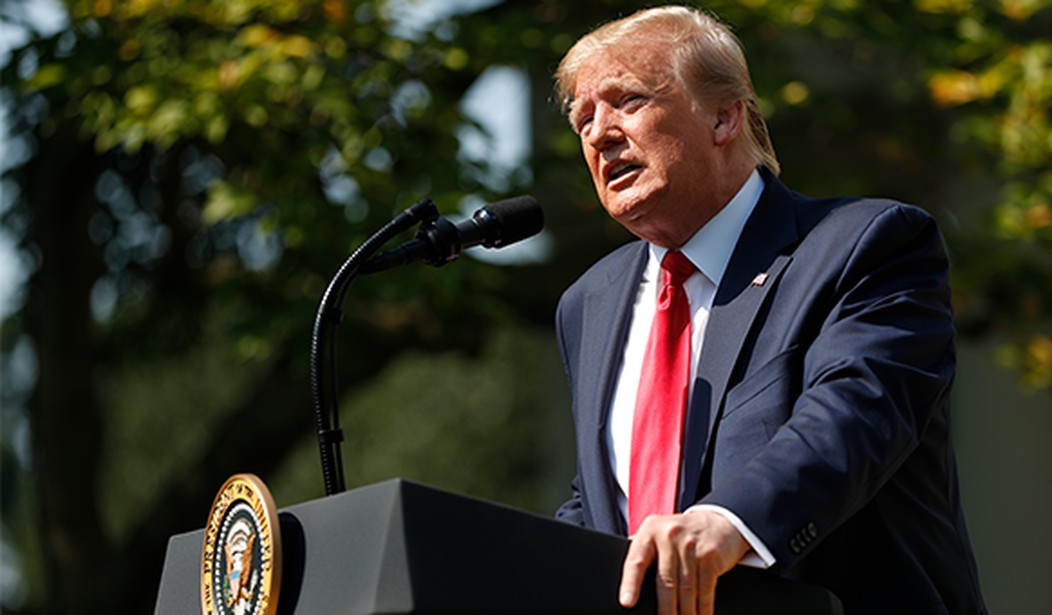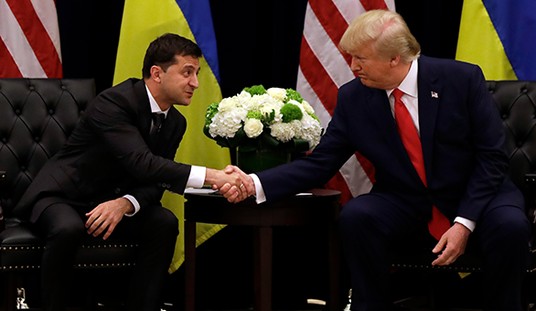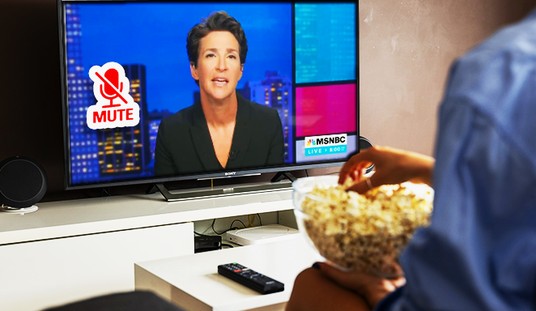You might have missed this big news because the media largely ignored it, but President Trump signed a historic health care executive order (EO) in June. It supports innovative direct primary care (DPC) practice models and promises to make health care prices more transparent than they have been in a half century. One of the executive order’s biggest changes, however, is allowing patients to use tax-advantaged health savings accounts (HSAs) to pay for DPC services.
This incredibly important point about HSAs is buried deep in the EO: “Within 180 days of the date of this order, the Secretary of the Treasury, to the extent consistent with law, shall propose regulations to treat expenses related to certain types of arrangements, potentially including direct primary care arrangements and healthcare sharing ministries, as eligible medical expenses under section 213(d) of title 26, United States Code.”
This passage made direct primary care doctors literally jump with excitement. So, what does it mean?
DPC doctors are a little-known category of physicians who have risked their professional careers on a novel, cost-effective, and patient-centered approach to medical care. They’ve cut out the insurance middlemen and put patients back in charge of their care. For a low monthly rate, usually between $39 and $99, patients get all their primary care visits with no copayment or additional charges. DPC physicians usually schedule in 30-minute to one-hour blocks, in contrast to the rushed visits of insurance-based practices. More than half of all medical care occurs within primary care offices, and with the extended time DPC doctors give patients, they can likely treat an even broader array of medical conditions. They even help patients find cheaper prices on medications, labs, and imaging, such as MRIs. Pairing a DPC subscription with catastrophic health insurance provides a much cheaper, and much better, alternative to the bureaucracy of traditional insurance plans.
Recommended
And since this executive order helps direct primary care doctors, their bold risk is paying off for everyone. The EO will remove a needless obstacle to excellent affordable care, allowing patients to pay DPC doctors with funds they have saved in HSAs.
The IRS had previously blocked this streamlined process, even though there wasn’t a law or specific regulation banning the use of HSA funds for direct primary care. The sole basis for this malpractice was an unofficial letter between a U.S. senator and former IRS Commissioner John Koskinen.
In the letter, Koskinen suggested that small doctors’ offices paid directly by their patients in a monthly membership model (like DPC) should be treated as though they were health insurance plans. Treating DPC like insurance meant blocking DPC patients from using HSA funds to pay for it, because the government forbids using HSAs to pay for insurance.
Koskinen’s dangerous and erroneous conflation hurt direct primary care doctors and patients: It kept patients from using their HSA funds for DPC and complicated the process of getting HSA accounts in the first place.
Dangerous isn’t an overstatement. When unnecessary and completely arbitrary rules stifle access to high-quality care, health problems go untreated until they derail lives.
Finally, the Trump administration is correcting the IRS’s mistake. Were the unofficial letter continued to be treated as law, more patients would lose the incredible tax savings of HSAs — and, more importantly and beneficially, the freedom to enjoy DPC’s pioneering and cost-saving model. Easy access to direct primary care is an off-ramp from the congested insurance company interstate. With DPC, patients save massive amounts of money over the years while also increasing the quality of their care.
That’s why President Trump’s action in this executive order was so important. Continuing to show courage against powerful foes, he proudly announced the EO — despite opposition from powerful organizations like America’s Health Insurance Plans (AHIP). This group desperately wanted to maintain their stranglehold on health care, nearly one-fifth of the world’s largest economy. They wanted to crush any free market alternative to their single-payer dreams.
This is why DPC physicians, a small but growing group of innovative doctors, jumped for joy. They realized that the most powerful man in the world wasn’t just acknowledging their existence. He was unleashing their model of care that benefits us all.
Chad Savage, MD (info@d4pcfoundation.org), is a policy fellow at the Docs 4 Patient Care Foundation and the founder of the DPC practice YourChoice Direct Care in Brighton, Michigan.
























Join the conversation as a VIP Member